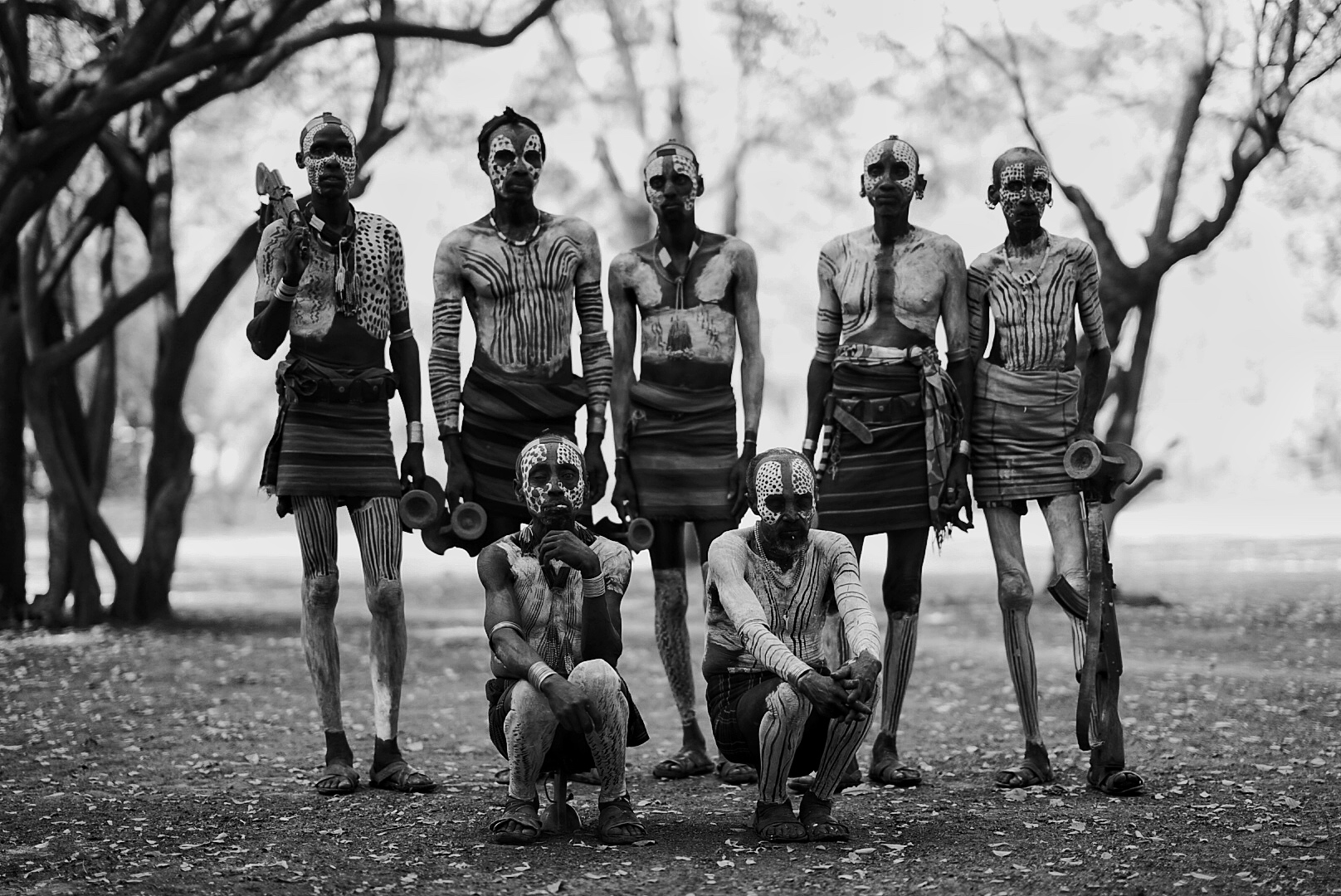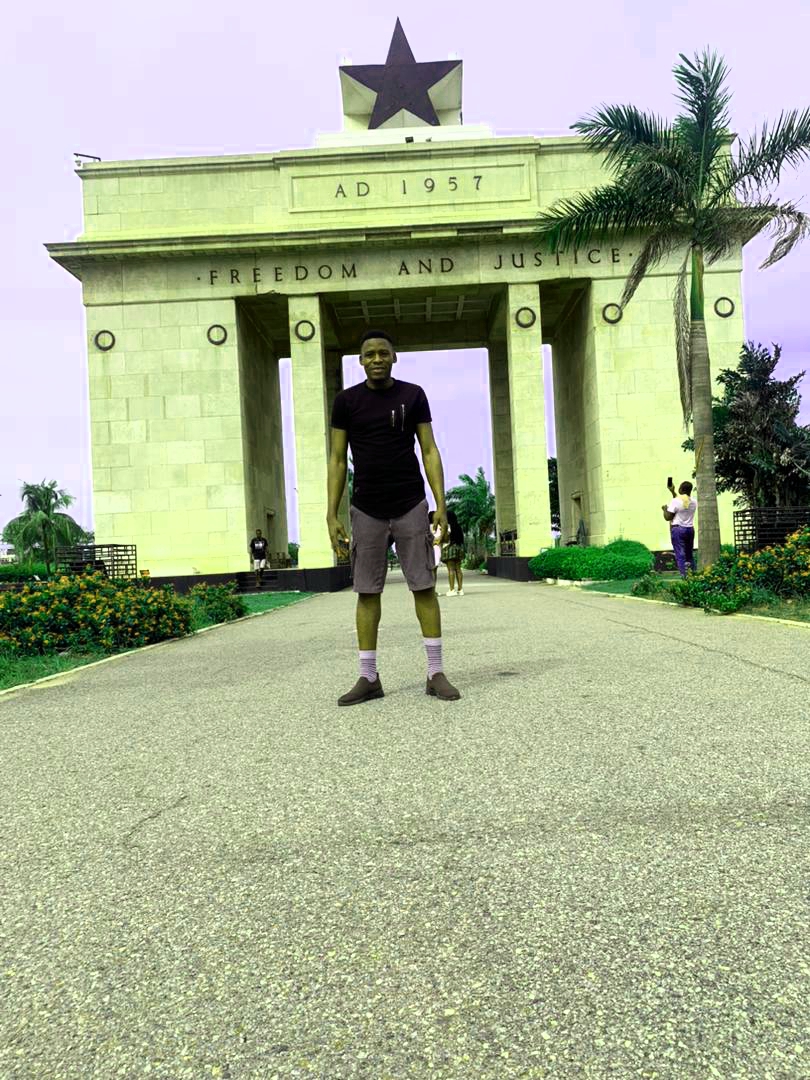Ganvie: Exploring Benin’s Floating Village on Lake Nokoué

Ganvié was founded by the Tofinu people around 400 years ago. They were desperate to escape from Fon soldiers who captured people and sold them to Portuguese traders. These otherwise ruthless warriors believed a terrible demon lived in Lake Nokoué so they refused to go anywhere near it. Knowing this, the Tofinus chose to build their homes on stilts in the middle of the lake. In this way, they evaded capture. They named their settlement Ganvié because it means ‘we survived’ in the local language.
Despite the fact that they were no longer under threat, the original inhabitants and their descendants chose to remain in their lake homes. Over the centuries, Ganvié has grown beyond all recognition
 Ports are seldom calm or orderly, often bustling with noise and commotion—places one might wish to leave as quickly as possible. Stout women in vivid patterned dresses moved confidently through the crowd, balancing trays piled high with fruit, fish, and various goods on their heads. Slender wooden pirogues clustered tightly together, bobbing and bumping in the port’s shallow waters.
Ports are seldom calm or orderly, often bustling with noise and commotion—places one might wish to leave as quickly as possible. Stout women in vivid patterned dresses moved confidently through the crowd, balancing trays piled high with fruit, fish, and various goods on their heads. Slender wooden pirogues clustered tightly together, bobbing and bumping in the port’s shallow waters.
Today, Ganvié is home to 45,000 people. The original small collection of bamboo houses built on stilts has expanded to include markets, schools, a hospital, businesses and churches. Some of the larger structures have been built on foundations made from soil brought from the mainland by the local people in their small boats. 
Even though Ganvié has evolved, the houses and other buildings are still only accessible by boat. It is several kilometres to the nearest land so local people become proficient in managing a boat from a very young age. The main source of income for Ganvié residents is fishing. They have developed a way of fish farming which involves corralling fish into enclosures made by driving bamboo poles into the bed of the lake. These are then intertwined with palm fronds to form cages. For many people from Ganvié, the only time they ever go to the mainland is to sell their fish and buy provisions not available in the village.
Tourism is beginning to make a small impact on Ganvié. Most visitors come on day trips from Abomey or Cotonou. They board a boat at Abomey-Calavi, motor out to the stilt village and then ride around for an hour or two before returning to the mainland. The people of Ganvié don’t benefit at all from this kind of visitor. 
First Impressions
As we began to get our first glimpses of Ganvié, we were struck by the sheer scale of it. It is simply too enormous to continue to be called a ‘stilt village’! It is also charmingly beautiful; a photographer’s paradise! Despite the fact that many of the bamboo structures are ramshackle and have clearly seen better days, there is something poetic and welcoming about the place. Islands of water hyacinth and irises float between the buildings. Locals dressed in vibrantly coloured clothes add to the picture. I’m sure daily life isn’t at all romantic, but first impressions certainly made it look that way!
Daily Life
We were lucky enough to arrive in Ganvié on a Sunday, so everyone was out and about in their Sunday best. The waterways were heaving with boats and people. Churchgoers were usually dressed entirely in white, whilst families going off to visit friends were often attired in outfits made from the same fabric. There were bands drumming in boats. There were boats full of people stopping to chat to each other in the middle of the watery street. It was completely mesmerizing!
All too soon, we docked at our hotel, Chez M. The rooms were small, basic and very hot, but they were clean and we were only going to sleep in them so it didn’t matter. Upstairs, in the restaurant, all the windows were open, offering a lovely breeze and the perfect vantage point for people watching. We were ideally placed; on a busy intersection of several waterways, opposite a large church, and next to a water pump which had a constant queue of boats waiting to fill their assorted containers. Villagers must spend many a long hour just waiting to get water. The queue went on into the night when the pump was lit with a single torch, and it was already round the block when I looked out before the sun came up the next morning.
 After lunch of chicken followed by ‘pirogues d’ananas‘ (pineapple boats to you and me!), we had some free time. Most of us spent it staring out of the windows enjoying the spectacle. A couple of members of our group, though, chose to hire their own pirogues for a couple of dollars and go for a pootle on the water, much to the amusement of the locals!
After lunch of chicken followed by ‘pirogues d’ananas‘ (pineapple boats to you and me!), we had some free time. Most of us spent it staring out of the windows enjoying the spectacle. A couple of members of our group, though, chose to hire their own pirogues for a couple of dollars and go for a pootle on the water, much to the amusement of the locals!
Later, it was fascinating to see that people continued to move around in boats, even after darkness fell. It was as if they were navigating by a sixth sense. The hotel had a generator, so we had lights, but very few of the local houses had any kind of light at all. We could hear the sounds of music and partying from all around us, though. Clearly, the people of Ganvié enjoy a good time!
It is far better for the local economy, and for the tourists themselves, if they come and stay for a night or two. That is what we did.
This was the first or last taste of dry land for those going to and fro the stilt village of Ganvie, situated far out into and precariously above lake Nokoué. The village was first built in 16th century by the Tofinu people, trying to escaping marauding Fon warriors, who kidnapped men and women to feed the slave trade.
 Today, it is home to a staggering 20,000 people trying to escape the marauding pace of everyday life. Ganvie now boasts a school, a hospital, floating shops and even a hotel for the more adventurous. Unsurprisingly, the wooden homes set on stilts above the shimmering lake is a popular tourist sight and easy day trip from the capital, Cotonou.
Today, it is home to a staggering 20,000 people trying to escape the marauding pace of everyday life. Ganvie now boasts a school, a hospital, floating shops and even a hotel for the more adventurous. Unsurprisingly, the wooden homes set on stilts above the shimmering lake is a popular tourist sight and easy day trip from the capital, Cotonou.
Arriving at the small port, we were shown into a dusty office to purchase our tickets, pay for our obligatory guide and pick up the cumbersome but equally obligatory orange life vests. I forget the cost but remember thinking, as ever, it seemed expensive locally but yet mere peanuts, if we were back in Europe.

We eased away from the lively commotion of the small port, our boat gliding slowly across the calm lake. Occasionally, pirogues of different shapes and sizes drifted past in the opposite direction. Most rode low in the water, filled with passengers seated in a straight line, their belongings tucked tightly into the narrow spaces between them. Polite waves were exchanged, though smiles were rare and as we soon discovered, the locals weren’t particularly keen on being photographed.
Standing up in their narrow boats with great balance, fishermen cast their nets into the waters. Fences of a sort had been created with dried reeds submerged into the shallow lake bed, perhaps to discourage any bigger fish from swimming too much further.
As we entered into the village, all manner of stilted houses were to be found: long and neat, small and rickety, some overflowing with children, others a place of industrious work. A few had noticeably subsided and looked close to collapse, emphasizing the potentially fatal perils of poor construction. Whilst most roofs were corrugated metal, the walls were flanks neatly aligned wooden poles, mostly unpainted and left a silvery grey.
Most buildings had a veranda over the water, most noticeable where young infants played without barriers between their enthusiastic high jinx, the edge of the veranda and the lake waters a meter or so below.
We were first deposited at a tourist souvenir emporium. Fun to explore briefly, walking the planks with the water clearly visible below but it served us little purpose. We asked to continue on shortly after. Outside, a floating market of assorted pirogues bobbed together. Ladies in wide brimmed hats sat in their respective boats chatting, angling their hats to ward off the sun and, accidentally on purpose, any potential photographers. In front of them sat a pile of clothes or bags of fruit for sale, which they occasionally rearranged out of pride, habit or boredom.
The waterways were a steady stream of activity, with pirogues piloted by young and old, occasionally bumping and grinding passed each other. Thick patches of purple flowering green lilies covered the less navigable waters under and between the houses.
A gentile tour of half an hour or so was enough for us, absorbing the aquatic architecture and riparian way of life. Our guide was not the most garrulous of fellows and information was hard to extract, exhausting our enquiries and hastening our return.
On the return journey over the warm, hazy waters, we watched with quiet respect as fishermen repeatedly cast their nets, drawing in only modest catches each time. One shirtless man harvested reeds, his pirogue piled high with the results of his more successful labor. Nearby, another man waded into the water to tend a reed fence we had noticed earlier on our way in.
It offered a compelling glimpse into a unique way of life, one seemingly untouched by the structures and systems of life on land. The appeal of escaping “civilization” appears as strong now as it must have been when the village was first founded. For visitors like us, that same sense of escape helps make Ganvie a frequent and popular destination.
Though no hostility was shown, neither were we greeted with the open smiles or cheerful “bonjours” we’d come to expect throughout Benin. Instead, many villagers turned their faces away—from us and from our cameras. I left with the strong feeling that their desire for separation includes keeping a distance from tourists as well.

